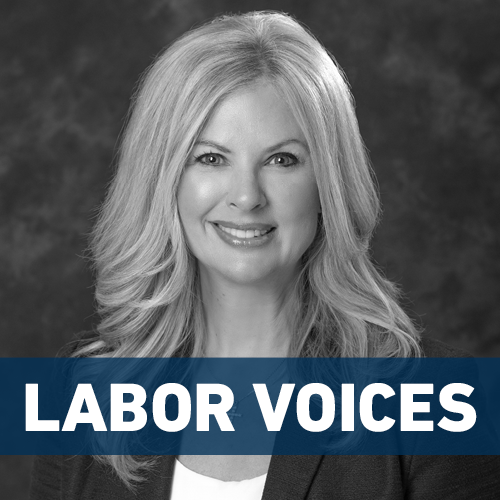Norway provides lessons for reconfiguring education in Michigan
By Chandra Madafferi, Michigan Education Association President and CEO
I recently returned from a trip to Norway, where I joined a group of professors from Michigan State University’s College of Education to observe Norwegian schools in action and bring home lessons for our state.
For years, I’ve heard the Scandinavian education model produces students who outperform their peers in the U.S. on global assessments. After this trip, facilitated by MSU’s Global Education Policy Leadership Program, I have a clearer picture of why nations like Norway are doing such a great job with education.
This experience also prompted me to rethink our approach to education in Michigan to prepare students for the jobs of the future.
While in Norway, I observed multiple classroom teachers utilizing a “feedforward” (instead of a “feedback”) system. This method provides students guidance to help them achieve a desired goal rather than telling them what they should have done after the fact. Norwegian education experts have identified the feedforward model as having “greater potential than feedback in enhancing learning.”
I watched students work in small groups while teachers provided feedforward guidance to enhance their projects — a practice that all good educators employ. This allowed students to discover and create while understanding the objectives they needed to meet. Although I’d implemented similar feedforward practices in my classroom, I hadn’t had a term for it until now.
Another striking feature of Norway’s education system is the infrequency of standardized testing. Students only take standardized tests to measure their progress in grades 5, 8 and 9. What’s more, Norwegian law prohibits the issuance of official grades for students until they enter secondary school in grade 8.
Instead, teachers use formative assessments that measure developmental benchmarks more meaningfully, moving beyond traditional bubble tests. I was impressed by the hands-on, project-based learning I observed across all grades, where students were grouped by ability in a fluid manner, allowing for differentiated instruction.
In addition, Norwegian students typically attend school only until about 2 p.m., with minimal homework until 10th grade. Children are encouraged to go outside after school to play, engage in extracurricular activities and spend quality time with their families. Universal free after-school programs emphasize recreation and extra academic support when needed.
Compare this with Michigan, where students often feel like they’re working a full-time job and have little time to be kids.
Norwegian teachers also experience a different model of school. The educators I met teach an average of 17.5 to 20 hours a week within the approximately 30 hours that school is in session each week. The rest of their time is spent planning cross-curricular activities, such as integrating reading and writing into science and social studies. This allows teachers to work collaboratively with their colleagues as a true team.
Moreover, every teacher is part of a union, ensuring they have a strong collective voice, feel respected as professionals, and are treated as trusted experts by school administrators, parents and the community.
Parts of Norway are more diverse than I expected, as the country has welcomed many immigrants and refugees over the years. Despite their differences, Norwegian students are treated with dignity and inclusivity, promoting a culture of mutual respect.
I recognize that Norway and Michigan are distinct places, and we can’t simply snap our fingers and adopt the Norwegian model. However, there are aspects we can and should embrace — because our current education system is outdated and bogged down by too many standardized tests that sap the joy from learning.
We need to rekindle a love of education and prepare our students to be problem solvers and creative thinkers who can grow into responsible, hard-working adults capable of engaging with one another. We’ve discarded our VCRs; it’s time to consider upgrading our educational model for the future.
Labor Voices
Labor Voices columns are written on a rotating basis by United Auto Workers President Shawn Fain, Michigan Education Association President Chandra Madafferi, Michigan Regional Council of Carpenters and Millwrights Executive Secretary-Treasurer Tom Lutz and selected Service Employees International Union members.



